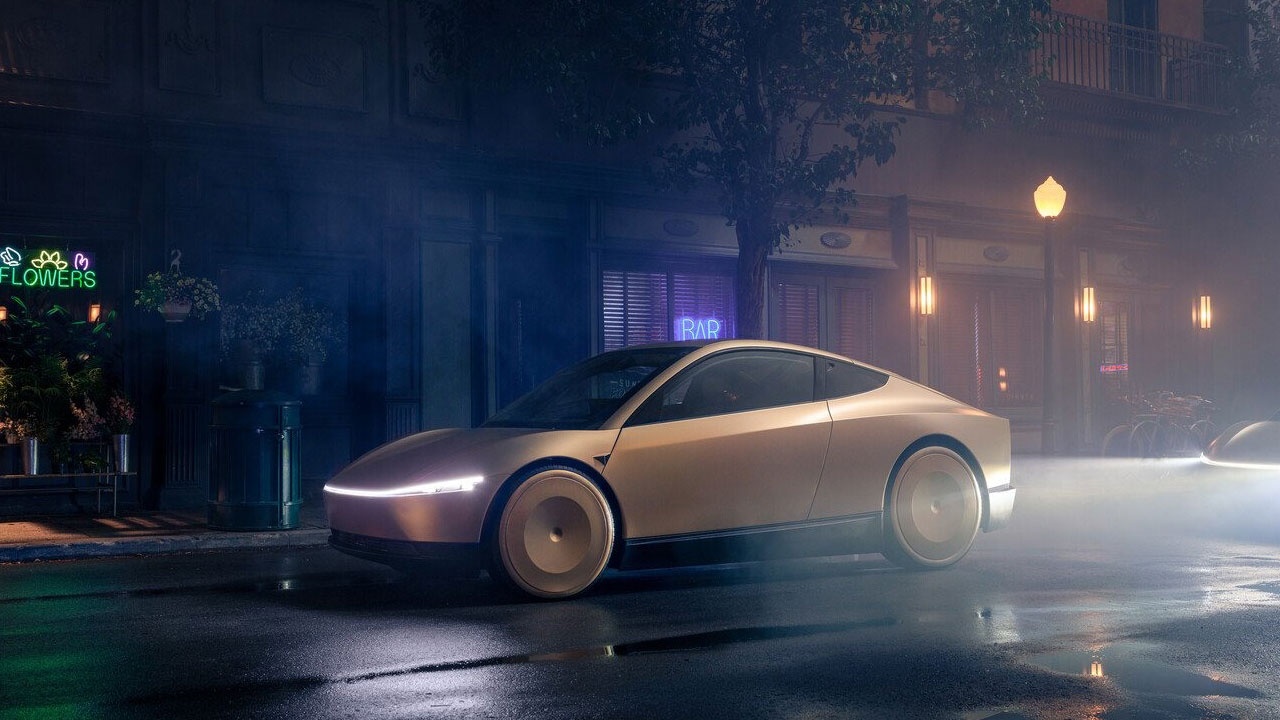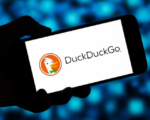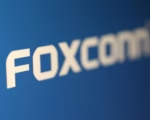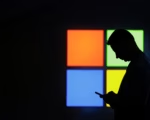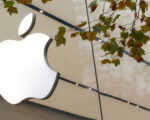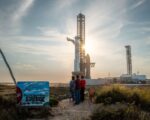Tesla CEO Elon Musk presented his latest vision for a future dominated by self-driving vehicles, revealing designs for the highly anticipated Cybercab robotaxi at a star-studded event in California on Thursday. Musk’s bold vision includes a world where autonomous vehicles operate without human intervention, transforming cityscapes by replacing parking lots with parks and ushering in a new “age of abundance.”
The futuristic designs featured sleek, metallic aesthetics, evoking a sci-fi world that Musk compared to the dystopian movie “Blade Runner”—though with a more optimistic twist. The presentation also showcased a Robovan, designed for larger groups or cargo, alongside the Cybercab. These driverless vehicles, Musk promised, would be on the roads within a few years, with the Cybercab slated for production by 2026.
Familiar Promises, New Skepticism
Musk is no stranger to making ambitious promises. His timeline for the Cybercab is just the latest in a series of delayed targets. In 2019, Musk claimed Tesla’s fleet of self-driving cars would be available by 2020. That timeline was missed, with Musk later admitting that he tends to be “a little optimistic” about deadlines. During Thursday’s event, even though the unveiling was delayed by nearly an hour, Musk maintained the enthusiasm of the crowd, who cheered for his 20-minute presentation.
Tesla’s Full Self-Driving (FSD) feature, which is available for $8,000, has yet to fulfill its promise of complete autonomy, still requiring human drivers to remain alert and take control when necessary. Musk claimed that in states like California and Texas, Teslas with FSD will be fully autonomous by next year, provided state regulators give their approval.
The Cybercab, unlike Tesla’s current vehicles, will be designed specifically for fully autonomous operation, with no steering wheel, brake pedals, or accelerator. It will feature a wireless charging system that charges the vehicle by driving over a charging plate, eliminating the need for plugs.
Competitive Landscape: Falling Behind?
While Musk’s presentation was met with fanfare, Tesla faces significant competition in the autonomous driving space. Companies like Google’s Waymo and Amazon’s Zoox have already deployed self-driving services in select cities. Tech journalist Kara Swisher, a frequent critic of Musk, pointed out that while Tesla is still showcasing prototypes, Waymo has been operational in San Francisco for some time. Swisher sarcastically referred to Tesla’s Robovan design as “a lovely toaster on wheels,” highlighting that other companies have moved beyond the conceptual stage to real-world deployment.
Overcoming Technical and Regulatory Challenges
Tesla’s FSD technology, while impressive, is far from perfect. Some independent testing shows that drivers need to intervene every 13 miles on average. Musk has admitted that previous timelines for achieving full autonomy were “overly optimistic” but continues to project confidence, stating that Tesla’s system will be safer than human drivers by the end of this year.
Analysts like Gene Munster from Deepwater Asset Management have echoed concerns about the feasibility of Musk’s timelines, especially given the difficulty in achieving the required levels of accuracy for driverless systems. Munster estimates that it will take Tesla at least two more years to refine the technology and an additional two to three years to obtain regulatory approval.
Musk’s history of delayed product launches adds further skepticism. The Cybertruck, revealed in 2019, took four years to go into production, and other vehicles like the electric semi-truck remain in development over six years after their initial announcement. As Munster emphasized, patience will be key for investors waiting for the promises of Tesla’s autonomous future to become reality.
The Road Ahead: Opportunities and Challenges
Musk envisions a future where Tesla owners could rent out their autonomous vehicles when not in use, creating a new source of income. Tesla’s robotaxi service would compete not only with human-driven services like Uber and Lyft but also with other autonomous services already in development.
While Tesla has made significant progress in the electric vehicle space, the challenges of achieving full autonomy remain formidable. Regulatory approval, technical hurdles, and stiff competition from established tech companies are just a few of the obstacles Musk faces in delivering on his vision.
In the short term, the success of Tesla’s self-driving technology will likely hinge on its ability to refine the FSD feature and gain regulatory approval in key markets. In the long term, Musk’s grand vision of a world filled with autonomous vehicles, like the Cybercab and Robovan, will require both technological breakthroughs and patience from investors and consumers alike.


